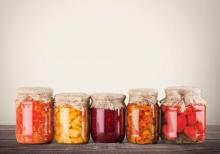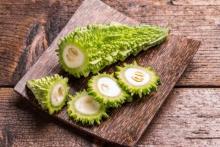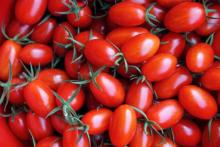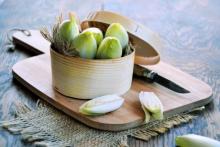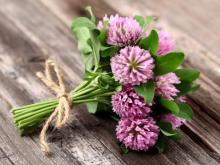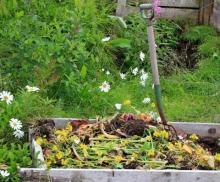Creative Uses For Your Home Canned Goods Harvest
As the main canner and preserver in my family, I spend a few days in the autumn preserving as much of our harvest as I can. I usually end up with about 30 jars of pickled cucumbers, pickled beets, canned tomatoes, and pickled dill beans.

